#Pinyon Jay
Explore tagged Tumblr posts
Text

from the deep #24023: blue jay illustrations by Arthur Singer for A Guide to Field Identification: Birds of North America by Chandler S. Robbins, Bertel Bruun, and Herbert S. Zim.
#blue jays#corvids#corvidae#birds#illustrations#field guide#pinyon jay#gray breasted jay#scrub jay#steller's jay#i went the the library :)#from the deep no. 24023
37 notes
·
View notes
Text


Photo source
Map source
#poll#bird#pinyon jay#passeriformes#corvidae#gymnorhinus#gymnorhinus cyanocephalus#america#north america
25 notes
·
View notes
Text
THE BLUE CROW
Destruction of High Desert forest on public land has led to a 78% drop in pinyon jay populations over the past 50 years. The pinyon jay is the steward of the pinyon forests, for which the forest feeds and houses this crucial blue crow. Of the thousands of pinyon nuts the blue crow puts away for the winter, usually working with its mate and both returning to the spot throughout the year to store…

View On WordPress
8 notes
·
View notes
Text
Round 1, Poll 14
Smooth-billed Ani vs Pinyon Jay


source under cut
Smooth-billed Ani Propaganda
"Theyre my favourite bird and they look dumb. Relatively unassuming general bird characteristics like food and habitat. Fun fact they have communal nests"
So Ani all have this habit of communal nesting, and it's bomb af. One pair will choose a site, and if it looks nice, multiple other pairs will also start nest building. Eventually, though, they pick one nest, and the entire little colony will lay eggs in this shared nest. The parents raise all the chicks without prejudice, it's really cool!
Smooth-billed Ani are often described as clumsy as they look for food, hopping around on the ground and in bushes as if they don't have any sense of balance. There is a thought that this behavior could help to scare insects into flight, but they also could just be having a good time.
Pinyon Jay Propaganda
Pinyon Jay get their name from their diet- seeds from pinyon pine, which they'll pull from the still green cones and then stash for later in various places. This behavior results in sprouting pinyon wherever the stashes have been forgotten. Because this species is so dependent on these pines, they'll almost always nest in areas where the pinyon crop was good the year before so they've got plenty of seeds to raise their kids on.
Pinyon Jay are seriously monogamous. One study I read for work found that when a nest fails (often a reason for bird divorce), pinyon jay will stay together as a pair and try again- even if they fail multiple times! One example of extreme monogamy was an instance where a female pinyon jay was removed from the flock (for an undisclosed reason), and her male found another mate within the breeding season. When she was returned to the flock, she immediately sabotaged the new nesting attempt and her mate still returned to her side! Serious Monogamy
Pinyon Jay live in huge flocks, which can range between 40-500 members! Most jay only tolerate having their kids around the next season, while pinyon jay are likely to live within their flock their whole life.
They sound like you told someone to mix a jay and a squeaky toy, I mean come on that's so perfect.
#hipster bird main bracket#round 1#polls#smooth-billed ani#pinyon jay#bracket: fave b#hey guys if pinyon jay loses the first round I'm going into hibernation#jk vote for you who like better#but I"m serious (i'm not serious)#I actually like Ani as well I've just worked with pinyon jay and I cannot understate that I LOVE them#and also like...... another Ani is in the poll#we only have ONE pinyon jay.....
35 notes
·
View notes
Text

Pinyon Jays photographed by Mike Miller
5 notes
·
View notes
Text


2 notes
·
View notes
Note
Thanks for the quick response! I had a feeling, since there were so many birds and these guys are not very well known.
Good luck with the set-up!
Ok I have to kno (bc I think I already know the answer is 'no') but did Pinyon Jay make it in?
Also like no pressure to answer, I just realized while typing this I can just be patient and wait but Im intensely curious now
Yeah I’m sorry the answer is no :^( it’s sad because there were so many good birds that I was like “woah I love this guy!” But then only one person submitted them. For everyone’s reference, here’s the Pinyon Jay

26 notes
·
View notes
Text
im glad people are liking heretic now that he gets a spotlight in a route (he was fun in muse but like! advocate was really the star lmao). hes such a weirdboy i love him.
#basil blabbers#slay the savior au#i think. when i get around to doing the isabird voices. hell be a pinyon jay.
11 notes
·
View notes
Text

Pinyon Jay (Gymnorhinus cyanocephalus), family Corvidae, order Passeriformes, CO, USA
photograph by Stephan Lorenz
1K notes
·
View notes
Text

Wreath of Jays
Eight of the ten current genera of jays are represented here. Three genera have only one member: the Pinyon Jay (Gymnorhinus) and the Piapiac (Ptilostomus) are the two I left out. I really wanted to show all the beautiful colors of the old- and new-world jay subfamilies.
From the bottom, going counter clockwise:
Genus Cyanocorax; Green Jay (C. luxuosus)
Genus Cyanocitta; Blue Jay (C. cristata)
Genus Garrulus; Eurasian Jay (G. glandarius)
Genus Perisoreus; Canada Jay (P. canadensis)
Genus Aphelocoma; California Scrub Jay (A. californica)
Genus Podoces; Mongolian Ground Jay (P. hendersoni)
Genus Zavattariornis; Ethiopian Bushcrow (Z. stresemanni)
Genus Cyanolyca; Azure-Hooded Jay (C. cucullata)
Thanks for reading! (and happy holidays!)
#just wanted to paint some birds#i think i got most of the major continents represented too?#corvids#artists on tumblr#jays#birds#bird#art#ecology
51 notes
·
View notes
Text
What's the Bird?
Location: West Texas
Date: Summer

We ask that discussion under questions be limited to how you came to your conclusion, not what your conclusion was.
Happy Birding!
Keep the game alive! Submit a bird HERE
Bird-506 graciously submitted by @nohriantomatoes
37 notes
·
View notes
Text
Blue Birds of Happiness
Blue is an extra-fun color for birds to be, because, as you may have heard, it is not created by a pigment. Blue feathers (and the blue scales on butterfly wings, and the blue irises of some humans) are structural, meaning that the color is created by the physical properties of the living tissue, which are arranged in such a way that they reflect the short wavelengths of blue light. Often this is paired with a dark pigment which absorbs other colors of light and makes the blue 'pop'. Look at all the tints and shades they can make!
Mountain bluebird

2. Himalayan bluetail
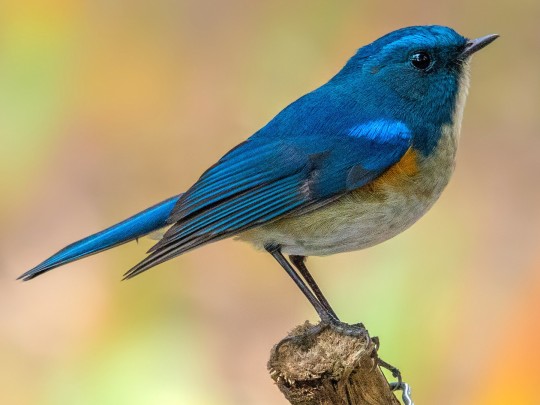
3. Blue nuthatch
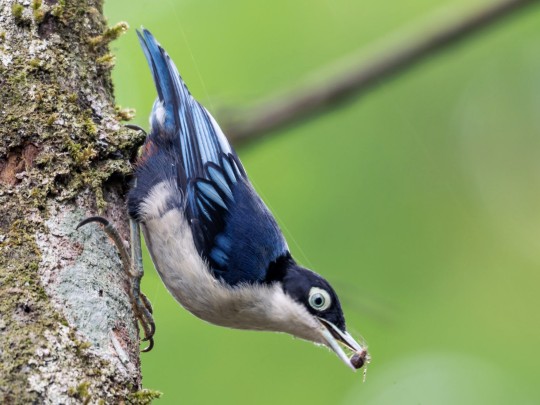
4. Blue jay
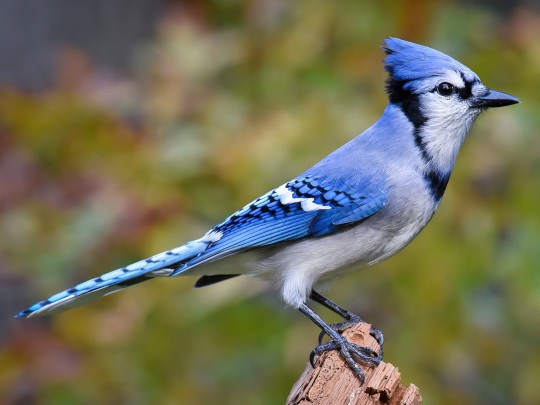
5. Indigo bunting

6. Great blue turaco
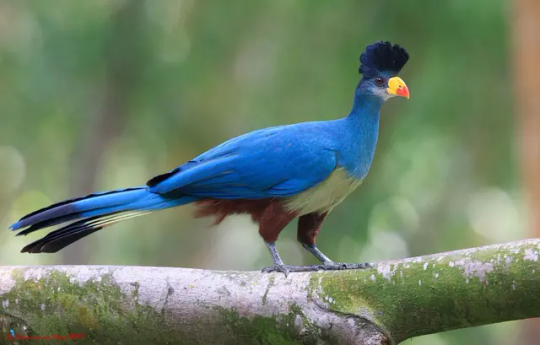
7. Tree swallow
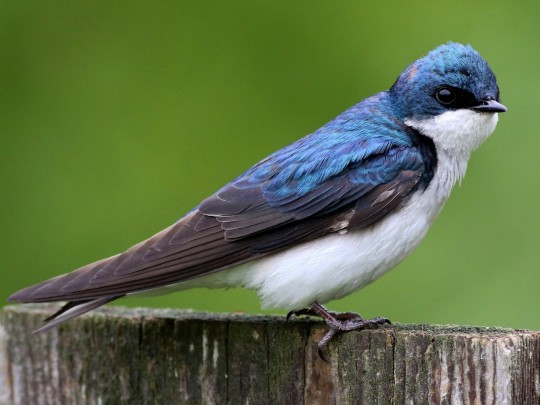
8. Ultramarine flycatcher

9. Hyacinth macaw

10. Glaucous-blue grosbeak
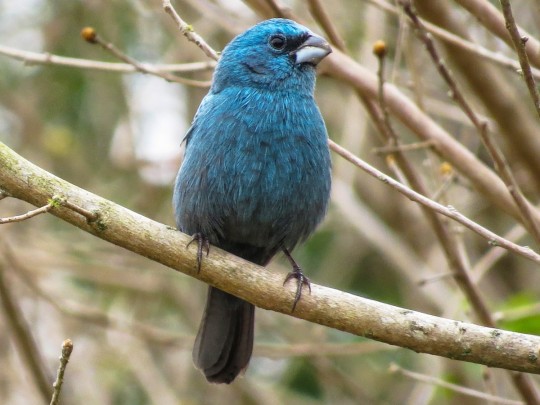
11. Belted kingfisher
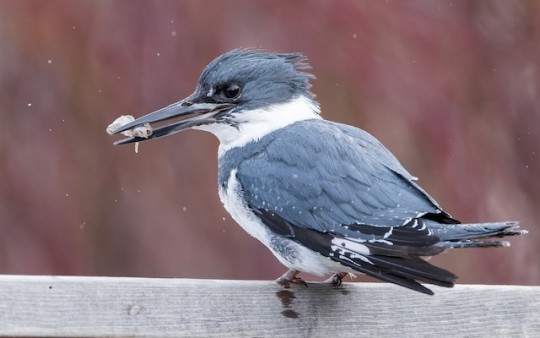
12. Blue dacnis
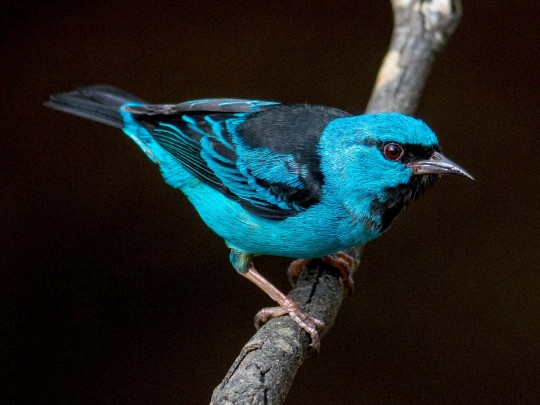
13. Taiwan blue-magpie
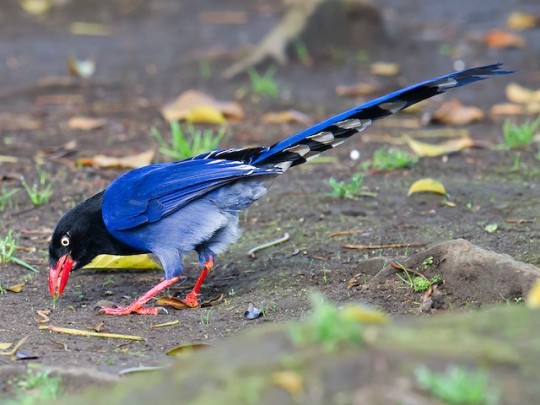
14. Shining honeycreeper
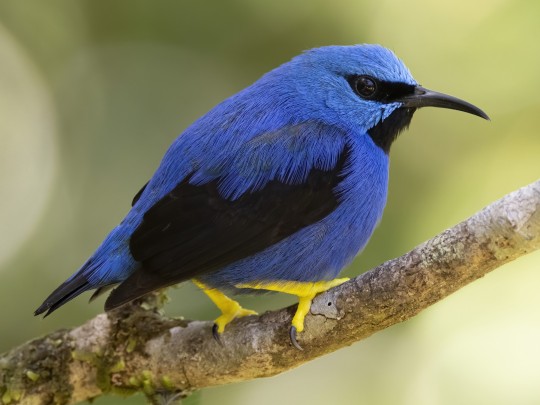
15. Siberian blue robin
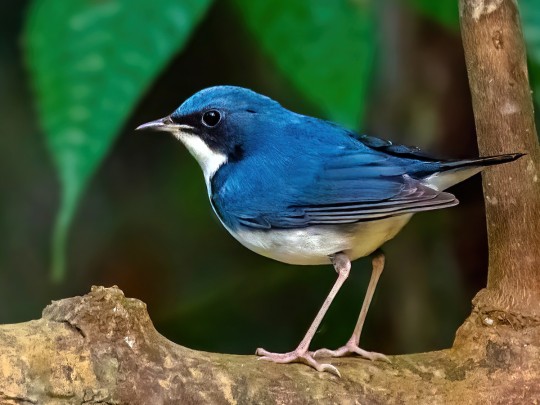
16. Blue whistling-thrush
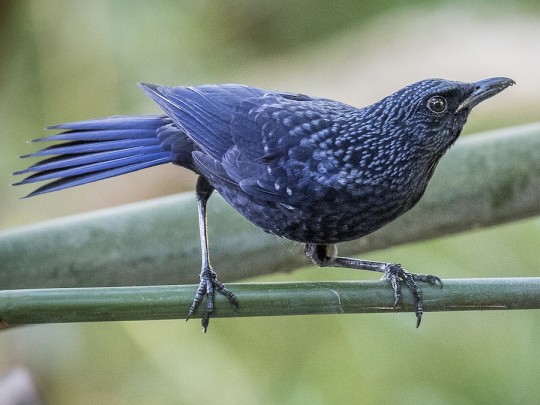
17. African blue flycatcher

18. White-throated magpie jay

19. Black-naped monarch
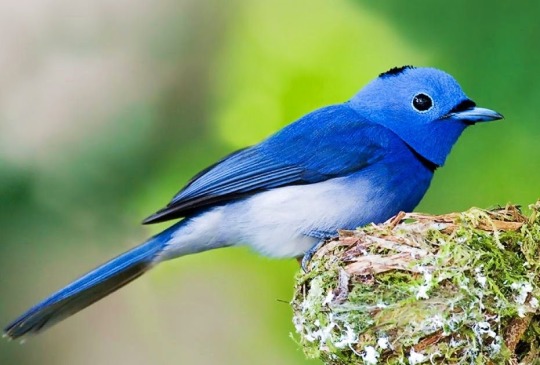
20. Blue paradise flycatcher
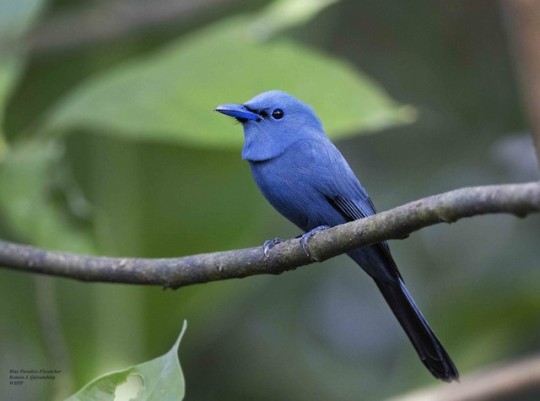
21. Cerulean warbler

22. Woodland kingfisher
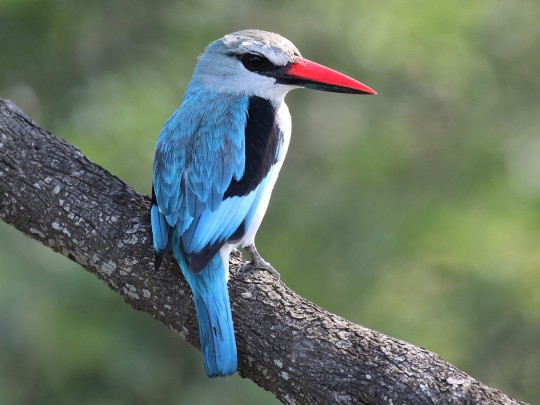
23. Indian peafowl

24. Little blue heron

25. Philippine fairy-bluebird
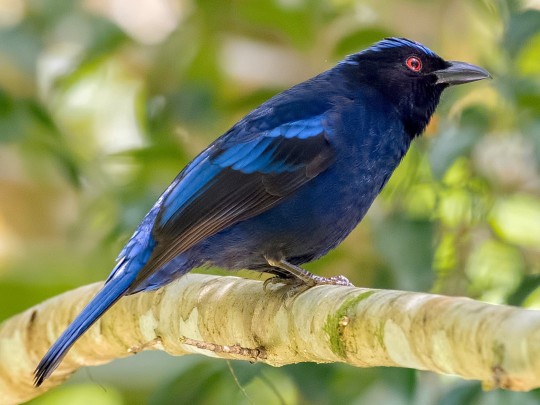
26. Pinyon jay
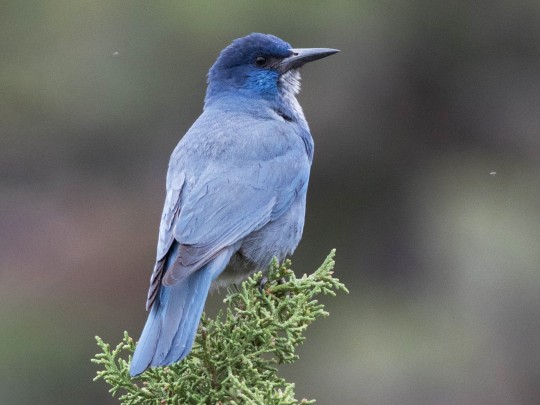
27. Blackish-blue seedeater

28. Plum-throated cotinga
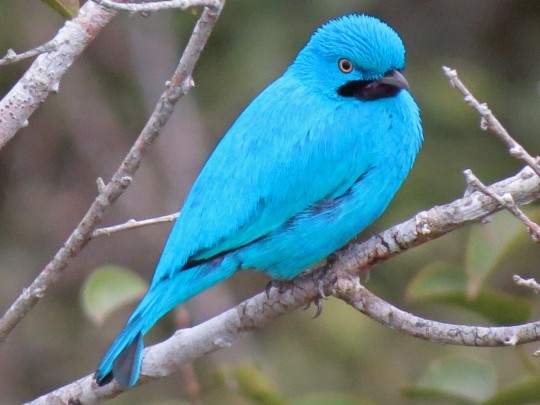
29. Deep-blue flowerpiercer

30. Blue coua
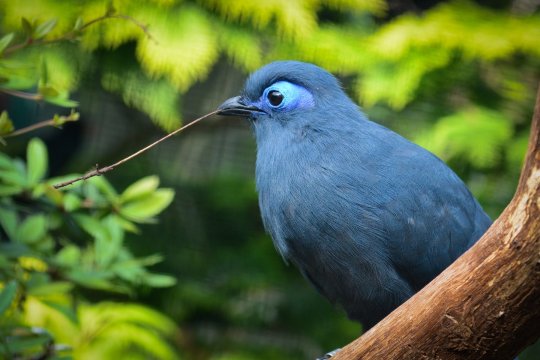
179 notes
·
View notes
Text

Pinyon Jay Gymnorhinus cyanocephalus by Glenn Kincaid
160 notes
·
View notes
Text
BOTD: Woodhouse's Scrub-Jay

Photo: Ryan Mandelbaum
"Until recently, this jay of the Interior West was considered part of the same species as the California Scrub-Jay; the two were officially 'split' in July 2016. Unlike its California cousin, Woodhouse's Scrub-Jay is mostly an uncommon bird, living in sparse woodlands of juniper and pinyon pine in arid foothills, but it does come into suburbs of some western cities. Its name honors Samuel W. Woodhouse, a doctor and naturalist who accompanied expeditions to the Southwest between 1849 and 1852 and wrote about his experiences."
- Audubon Field Guide
#birds#woodhouse's scrub jay#birds of north america#north american birds#jays#scrub jays#corvids#passerines#birds of the us#birds of mexico#birding#bird watching#birdblr#birblr#bird of the day#Aphelocoma woodhouseii
51 notes
·
View notes
Text
Round 2, Poll 7
Blakiston's Fish Owl vs Pinyon Jay
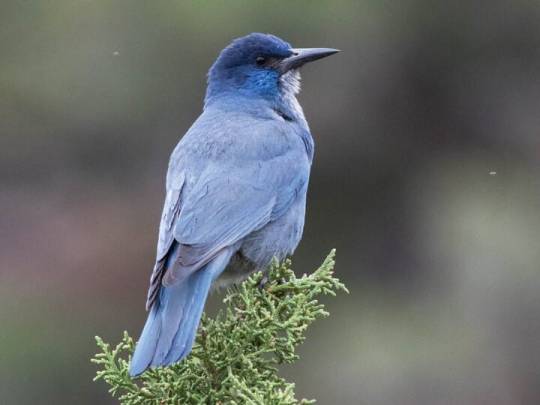

sources under cut
Blakiston's Fish Owl
"He’s fluffy and he FISHES by WADING but he’s an OWL"
Classified as Endangered by IUCN, this is due to a double-whammy of habitat loss and low breeding success. The habitat this species prefers are riperian (riverside), old-growth forests. They need access to rivers which remain unfrozen in winter, and nest in large, hollowed out trees. These owls naturally have a low survivorship rate, only succeeding around 25% of the time in fledging a full grown chick. They also do not nest every year, and sometimes only have a single egg per attempt.
Blakiston's fish owl is revered by the Ainu peoples of Hokkaido, Japan, as a Kamuy (divine being) called Kotan koru Kamuy (God that Protects the Village). In Russia, they used to be considered a source of food by the Evens people of northern Siberia, and were hunted by the Udege peoples of Primorye due to their high fat content. This practice has fallen out of favor, however.
Pinyon Jay
Pinyon Jay get their name from their diet- seeds from pinyon pine, which they'll pull from the still green cones and then stash for later in various places. This behavior results in sprouting pinyon wherever the stashes have been forgotten. Because this species is so dependent on these pines, they'll almost always nest in areas where the pinyon crop was good the year before so they've got plenty of seeds to raise their kids on.
Pinyon Jay are seriously monogamous. One study I read for work found that when a nest fails (often a reason for bird divorce), pinyon jay will stay together as a pair and try again- even if they fail multiple times! One example of extreme monogamy was an instance where a female pinyon jay was removed from the flock (for an undisclosed reason), and her male found another mate within the breeding season. When she was returned to the flock, she immediately sabotaged the new nesting attempt and her mate still returned to her side! Serious Monogamy
Pinyon Jay live in huge flocks, which can range between 40-500 members! Most jay only tolerate having their kids around the next season, while pinyon jay are likely to live within their flock their whole life.
They sound like you told someone to mix a jay and a squeaky toy, I mean come on that's so perfect.
Images: Owl (Ian Davies)
#hipster bird main bracket#round 2#bracket: fave b#blakiston's fish owl#pinyon jay#corvidae#strigidae
16 notes
·
View notes
Text
Which Bird is a Red Bull?








Some birds with navy blue for your consideration as to which bird is the most Red Bull to you. Whatever criteria you like, vote with your heart.
Ferrari poll Mclaren poll
#red bull#f1 birds#my polls#it is not easy finding birds that have dark blue#because I need other blue birds for the other teams#f1 bird poll
7 notes
·
View notes